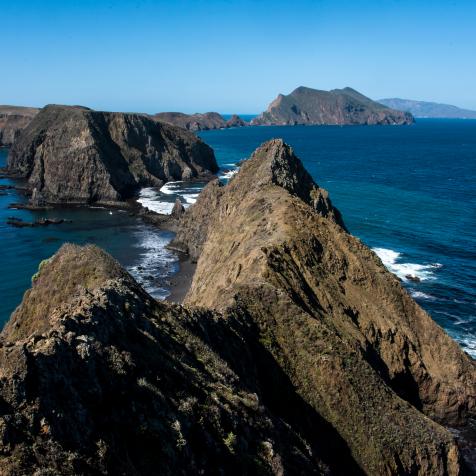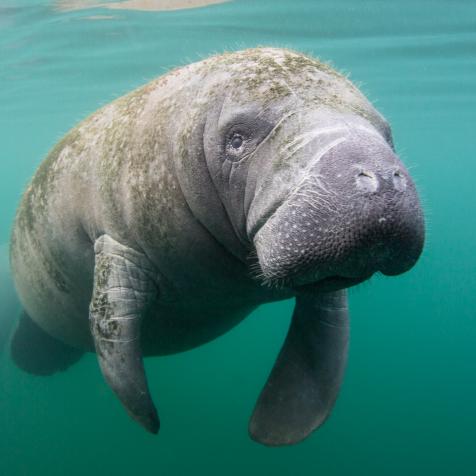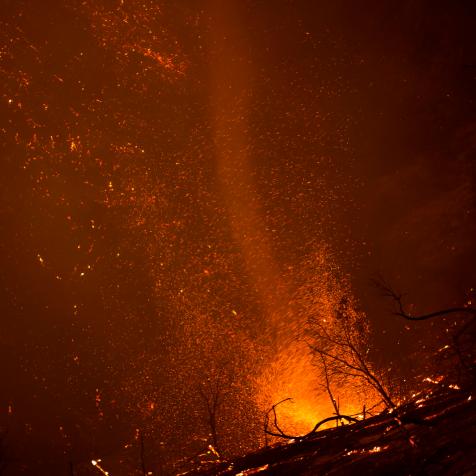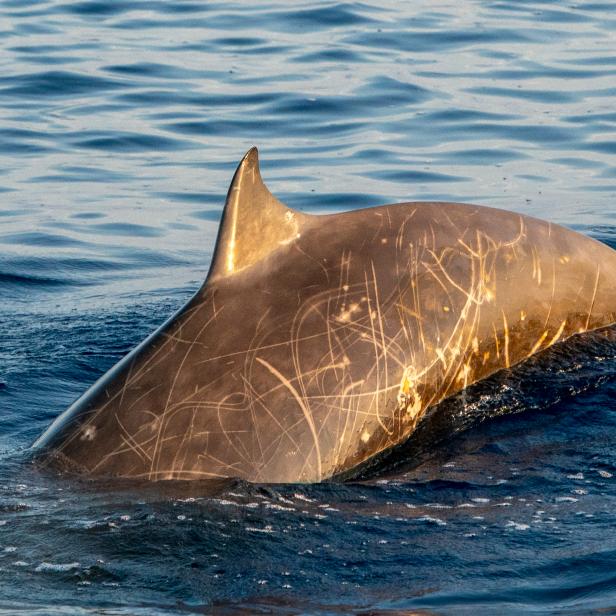
izanbar
Rare Whales Spotted in California
A handful of sightings of rare whales have been recorded off the coast of California in recent weeks, leading some to wonder what’s causing the magnificent beasts to swim up to the ocean surface.
In August, a rare yellow whale made a jaw-dropping appearance for lucky tourists who had signed up for an ocean adventure in San Diego. Cuvier’s beaked whales, which are sometimes called goose-beaked whales, come in an array of colors including brown, gray, and white. However, it’s extremely rare to see a yellow specimen. Ecotourists were treated to exactly that, though, during an outing with Gone Whale Watching.
“You’ve heard of blue whales, you’ve heard of gray whales, you’ve probably even heard legends of white whales, but have you ever heard of a yellow whale?” Dom Biagini, owner of Gone Whale Watching San Diego, following the encounter. “A weekend of incredible sightings was capped by a remarkable encounter with Cuvier’s beaked whales: one of the most elusive and mysterious cetaceans on earth!”
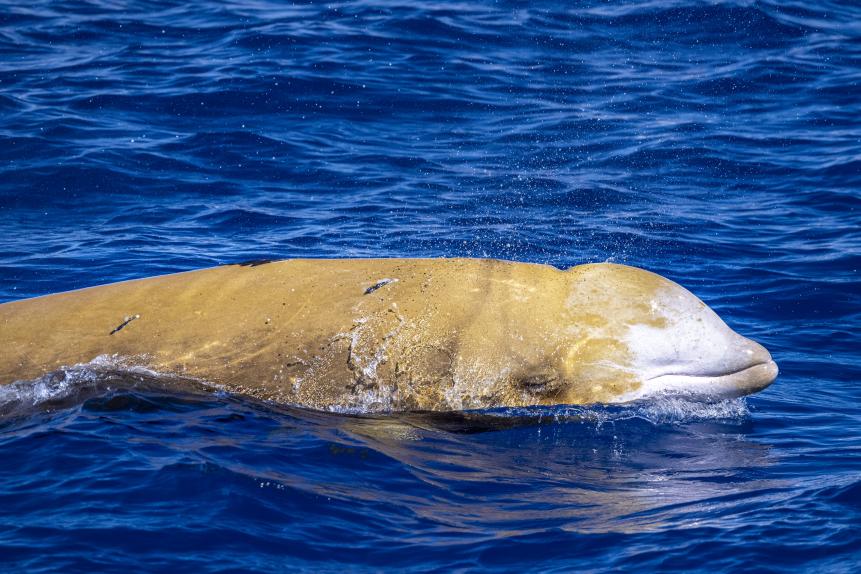
izanbar
Yellow Cuvier's beaked whale.
Cuvier’s beaked whales can measure in excess of 20 feet, and are the ocean’s deepest-diving whales, going to depths of 9,816 feet — almost two miles. One whale was recently recorded diving for three hours and 42 minutes before surfacing for air.
Biagini even captured aerial footage of the whales, which may be the first time this species has been filmed in such a way. The encounter happened during an eight hour-long expedition, 70 miles offshore, and the whales surfaced next to the boat with squid in their mouths, according to Biagini.
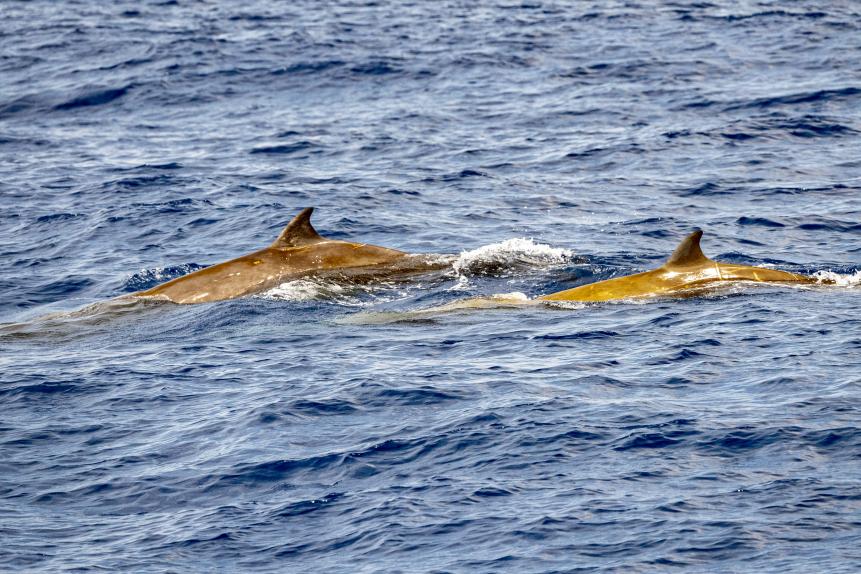
izanbar
Rare sighting of a pair of Cuvier's beaked whales.
“Initially 12 of these yellowish-brown whales appeared as we were waiting for one of the many blue whales that we had been observing to surface,” the tour operator said.
“After a 30-minute dive, half-a-dozen Cuvier’s returned to the surface with chunks of squid right next to our boat!”
But Biagini’s sighting isn’t the only rare whale spotting to have happened this season. In August, 90 foot-long blue whales were spotted off the coast of Monterey. Sightings are unusual as the animals prefer to swim and feed far away from the shore.
The Monterey Bay Whale agency posted several pictures of the sightings on its Facebook page, as well as a video showing one of the whales breaching.
Up to 2,000 blue whales migrate past California’s central coast during the summer months. The California central coast contains the world’s largest percentage of blue whales, with around 10,000 of the animals.
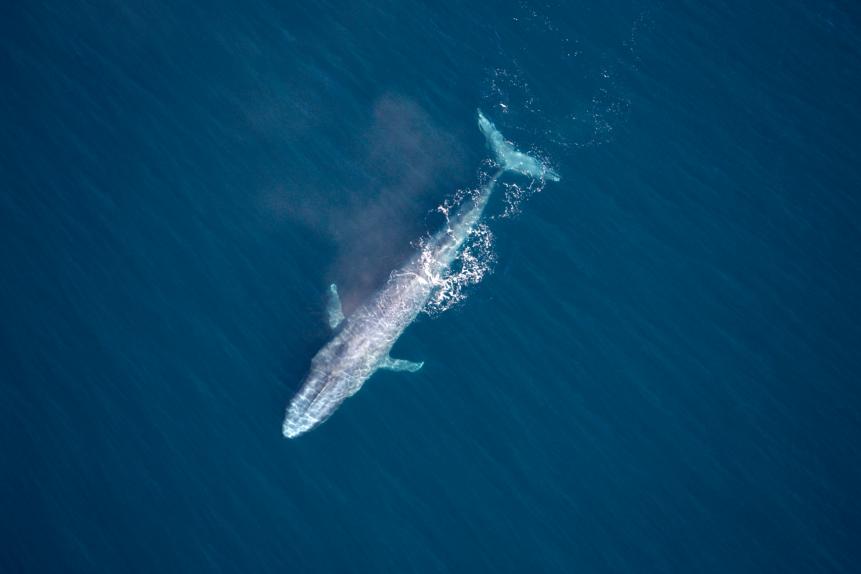
VW Pics
Blue whale spotted off the coast.
The animals can reach up to 330,000 lbs and live to an age of 90 years, but their populations have significantly declined due to commercial whaling activities, as well as vessel traffic and the fishing industry. Vessel strikes can injure or kill blue whales, with the risk increasing in coastal areas with heavy traffic, like ports and in shipping lanes, while entanglement in fishing gear has become a serious threat.
Although populations are slowly on the rise, thanks to education around the threats that human behavior poses, the whales are still listed as endangered.






































































